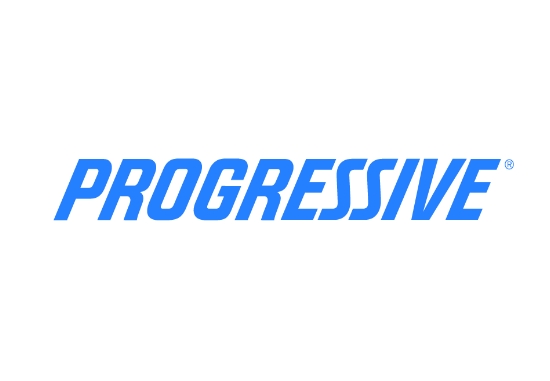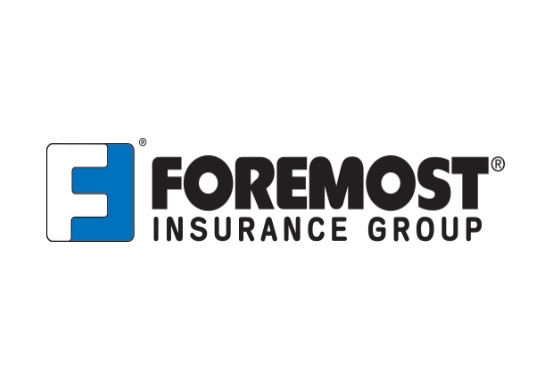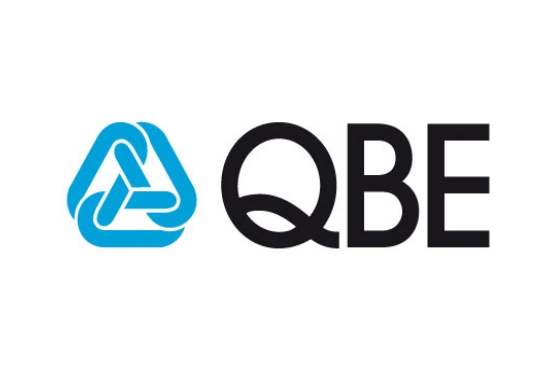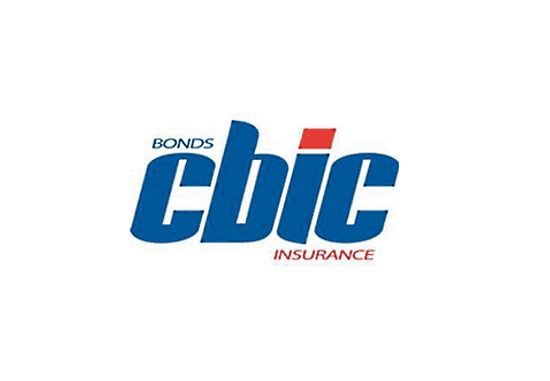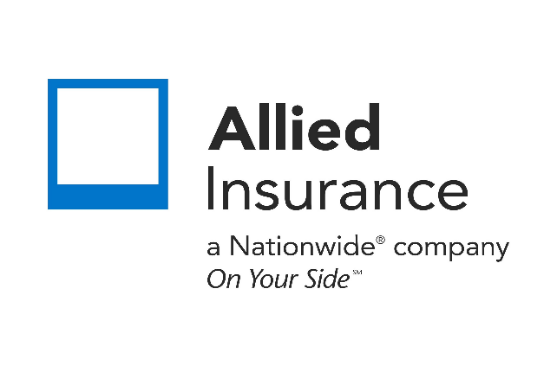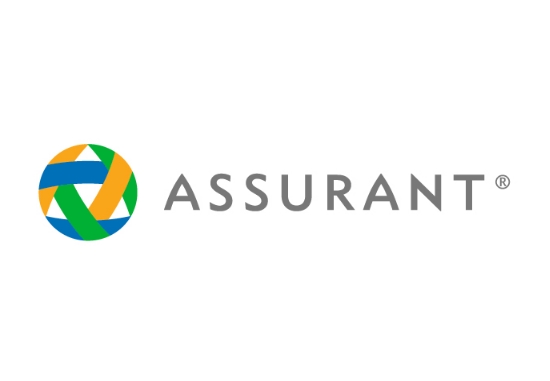What are 2 defenses for product liability?
Exploring Defenses in Product Liability Cases: Understanding Strategies for Manufacturers and Sellers
Introduction: Product liability claims can pose significant challenges for manufacturers and sellers, but understanding available defenses is crucial for mitigating liability and protecting against costly litigation. In this comprehensive guide, we’ll delve into two primary defenses commonly employed in product liability cases, providing insights into their legal principles, applicability, and effectiveness.
Assumption of Risk:
- Definition: The assumption of risk defense asserts that the plaintiff voluntarily assumed the known risks associated with using the product and therefore cannot hold the manufacturer or seller liable for resulting injuries.
- Elements:
- Knowledge of Risks: Defendants must demonstrate that the plaintiff was aware of the specific risks inherent in using the product.
- Voluntary Acceptance: Plaintiffs must have voluntarily chosen to accept these risks without coercion or duress.
- Reasonable Alternatives: Defendants may argue that the plaintiff had reasonable alternatives available but chose to use the product despite knowing the risks.
- Applicability: The assumption of risk defense is often invoked in cases involving inherently dangerous products or activities where users are expected to recognize and accept associated risks.
- Effectiveness: While assumption of risk can be a potent defense, its success depends on establishing clear evidence of the plaintiff’s knowledge and acceptance of the risks.
- Definition: The assumption of risk defense asserts that the plaintiff voluntarily assumed the known risks associated with using the product and therefore cannot hold the manufacturer or seller liable for resulting injuries.
Comparative Negligence
- Definition: Comparative negligence allows defendants to reduce their liability by apportioning fault between themselves and the plaintiff based on each party’s degree of negligence or contribution to the injury.
- Elements:
- Proximate Cause: Defendants must establish that the plaintiff’s actions or negligence contributed to their own injuries.
- Apportionment of Fault: Courts allocate fault between the plaintiff and defendant(s) based on the degree of their respective negligence.
- Reduction of Damages: The plaintiff’s recoverable damages are reduced in proportion to their assigned percentage of fault.
- Applicability: Comparative negligence is commonly invoked when plaintiffs’ actions, such as misuse or failure to follow warnings or instructions, contribute to the alleged product-related injuries.
- Effectiveness: Comparative negligence can significantly reduce defendants’ liability and corresponding damages awards, particularly in cases where plaintiffs’ conduct is deemed contributory to their injuries.
Understanding and leveraging defenses such as assumption of risk and comparative negligence are essential strategies for manufacturers and sellers facing product liability claims. While these defenses provide avenues for mitigating liability and minimizing damages, their success hinges on robust legal arguments and compelling evidence. By partnering with experienced legal counsel and employing sound risk management practices, defendants can bolster their defense strategies and navigate product liability litigation effectively.
We will find the best business insurance tailored to your needs. Read more…
Related Posts
Get a Right Insurance For You
SHARE THIS ARTICLE
We will compare quotes from trusted carriers for you and provide you with the best offer.
Protecting your future with us
Whatever your needs, give us a call, have you been told you can’t insure your risk, been turned down, or simply unhappy with your current insurance? Since 1995 we’ve been providing coverage to our customers, and helping people across United States.


